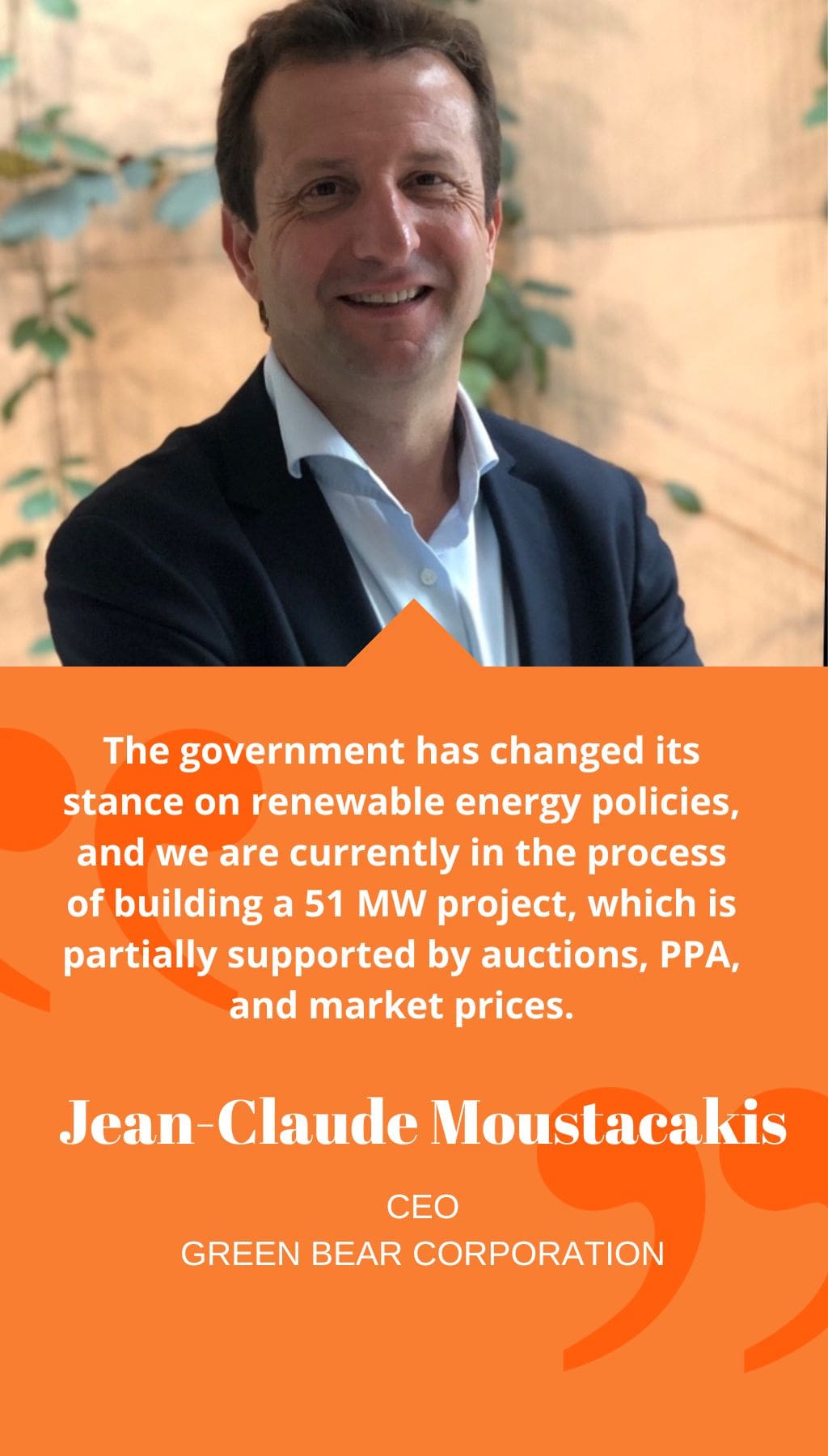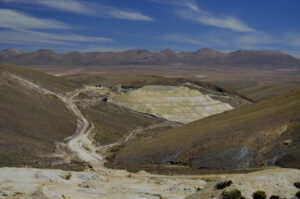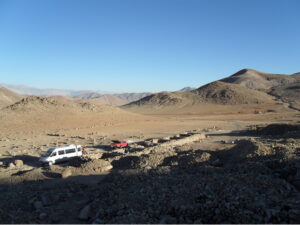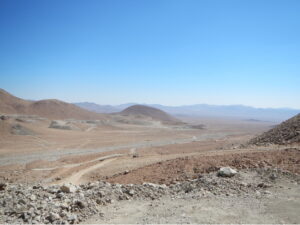
- Poland | 15 February 2019

You have been operating in Poland for more than a decade now. How would you describe the changes that have taken place in the renewable energy sector during this time?
Over the years, we have experienced significant instability, particularly during the financial crisis in 2008 and the implementation of the 10H rule by the PiS government in 2016. The wind sector was hit hard, and our company had to downsize from 23 to only 5 employees. We also lost most of the 700 MW that we had planned for development, saving only 67 MW, as projects without building permits before July 16, 2016 were cancelled.
However, the situation has improved somewhat since then. The government has changed its stance on renewable energy policies, and we are currently in the process of building a 51 MW project, which is partially supported by auctions, PPA, and market prices.
Could you explain the reasons for passing the 10H rule, which is a major concern for wind energy producers in Poland? What are the grounds for passing this law?
The 10H rule was mainly ideologically driven, based on a desire to maintain support for conventional energy, i.e. coal. During the election campaign in 2015, the message sent out was that wind energy is damaging and expensive. Although the Polish Wind Energy Association (PWEA) did a good job defending the industry, our voice is no match for coal lobbying, which is still very powerful in Poland. However, recent announcements by the Ministry of Development make us believe that the 10H rules will be modified to enable onshore wind development again.
What are possible solutions to overcome these hurdles?
One aspect has to do with educating people and dismantling negative stories associated with wind energy. Secondly, the building permits law needs to be improved. In the current scenario, developers must specify the type of turbine they will use, and it is difficult to change it at a later point, meaning one is stuck with a certain manufacturer and equipment. The prices for turbines are typically 5% higher than in Western Europe because of this. If the rules were based on the parameters that you need to fit in, then you would be able to organize real competition between providers and get better prices.
You have remained active in the Polish renewable energy market despite the challenges. What is driving your interest in Poland these days?
Looking at the bigger picture, I am optimistic about the future of renewable energy not only in Poland, but also in Europe. The European Parliament’s new composition lacks a clear majority, which allows for more discussions with green and liberal parties, and more attention to climate concerns. In Poland, the government seems to have had a change of heart towards renewable energy as coal prices keep rising and they realize that renewable energy cannot be ignored.
I have also noticed a positive change in people’s perception towards renewable energy. Negative stories about RES being expensive or causing health issues are fading away, and there is more awareness about the need to address climate change and pollution, which is an especially pressing issue in Poland.














